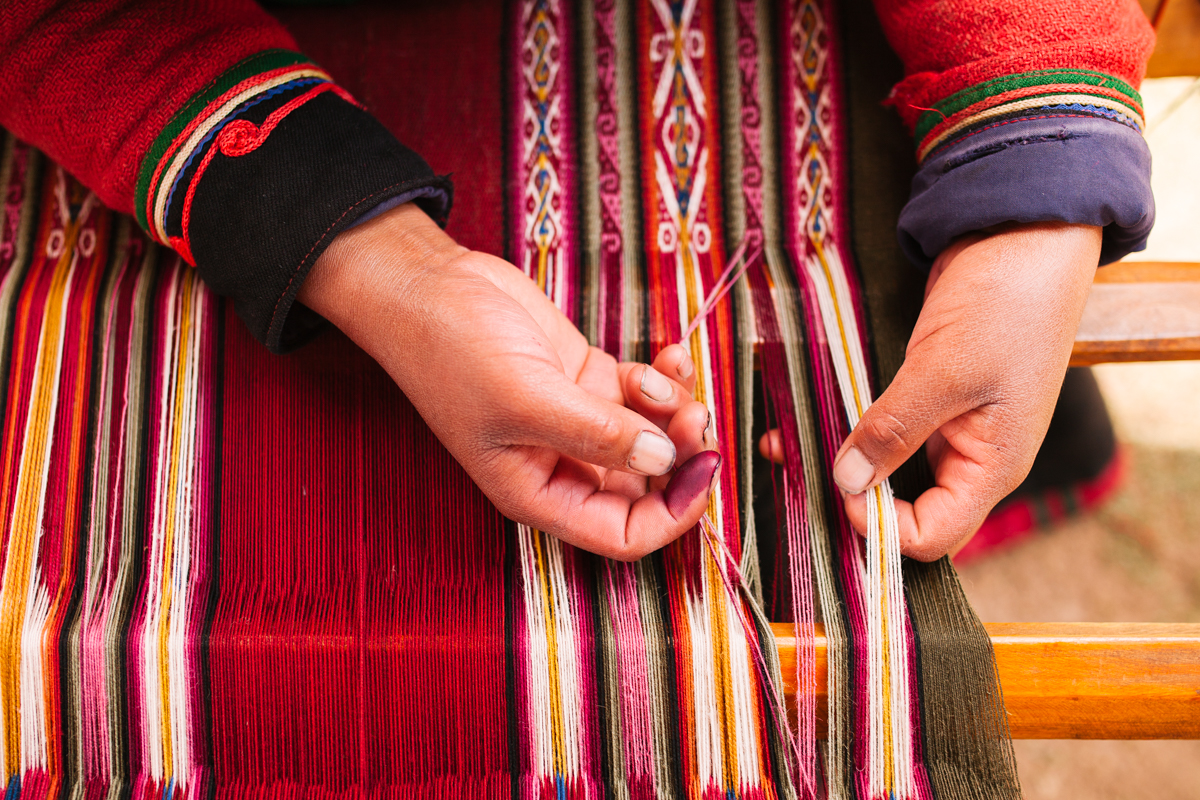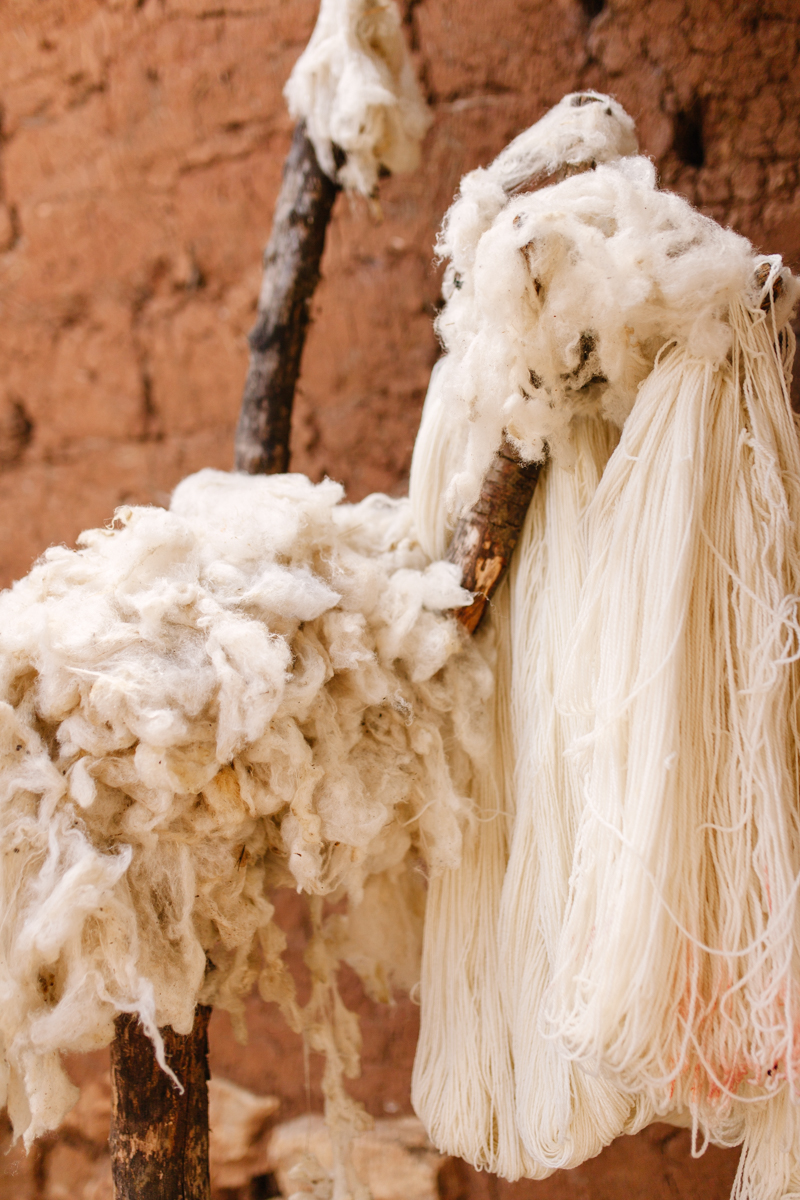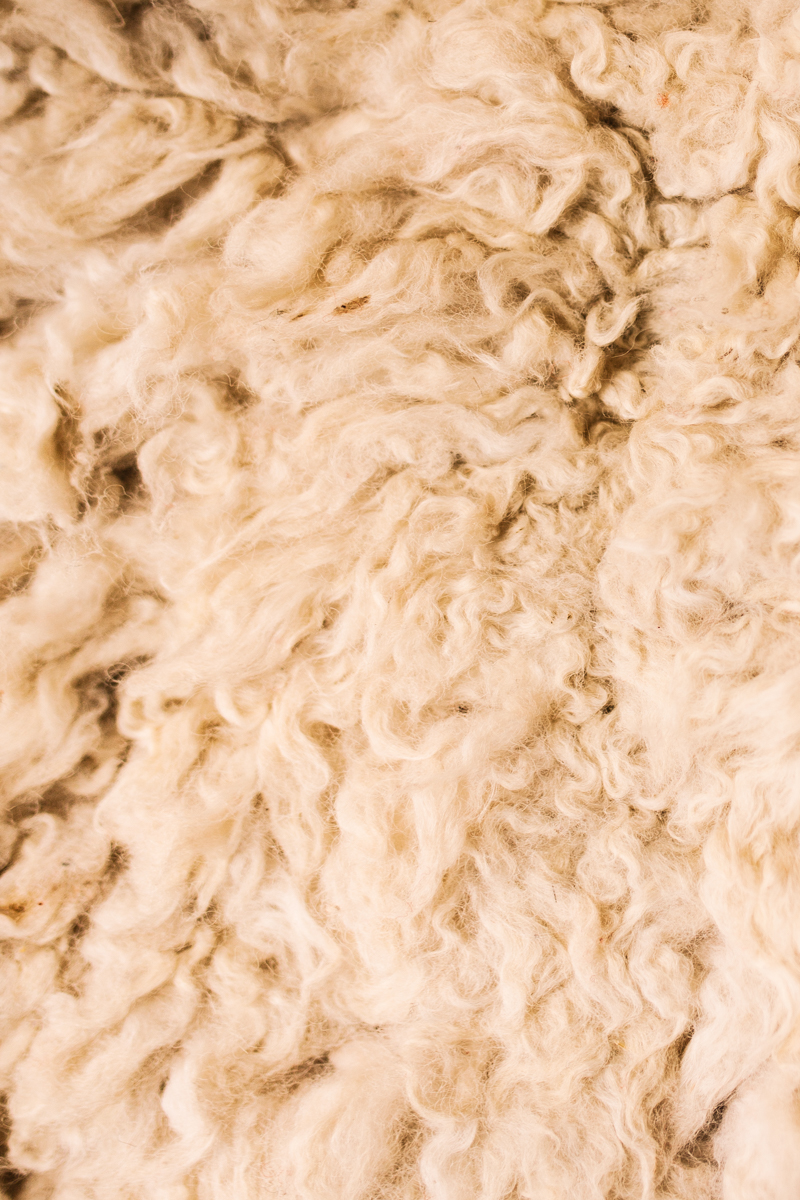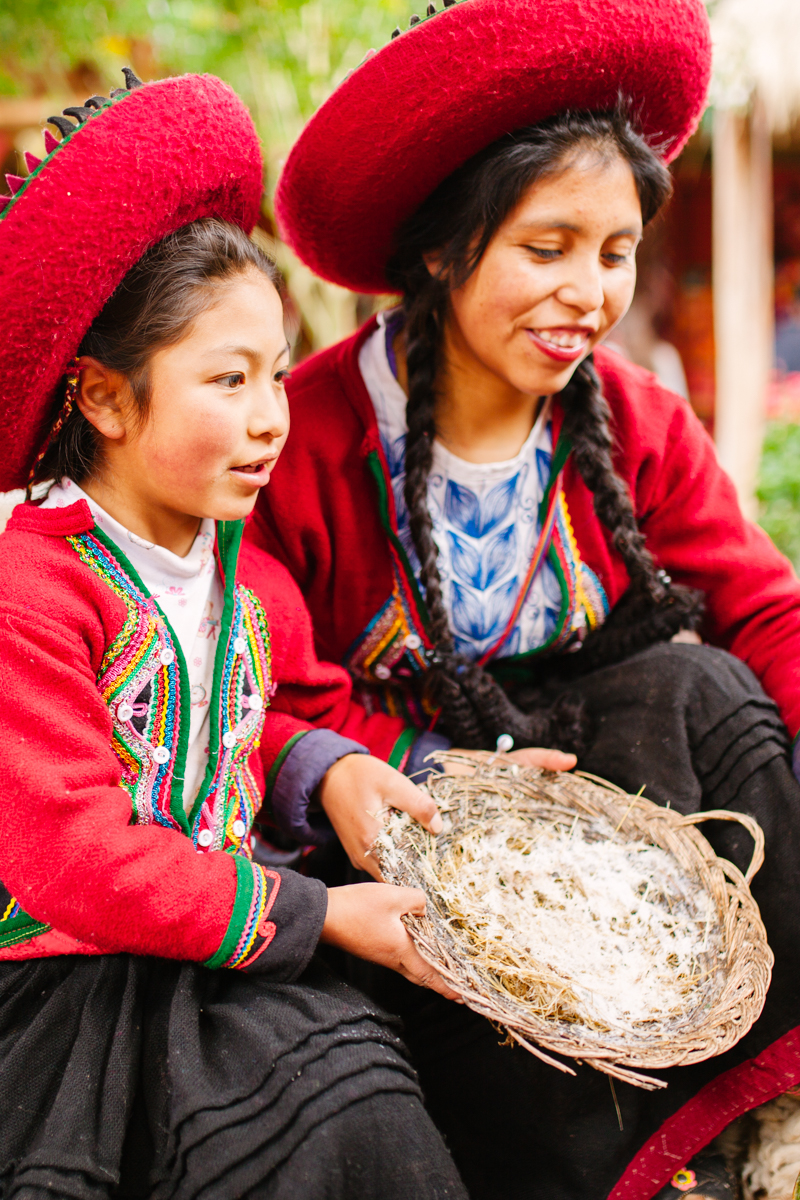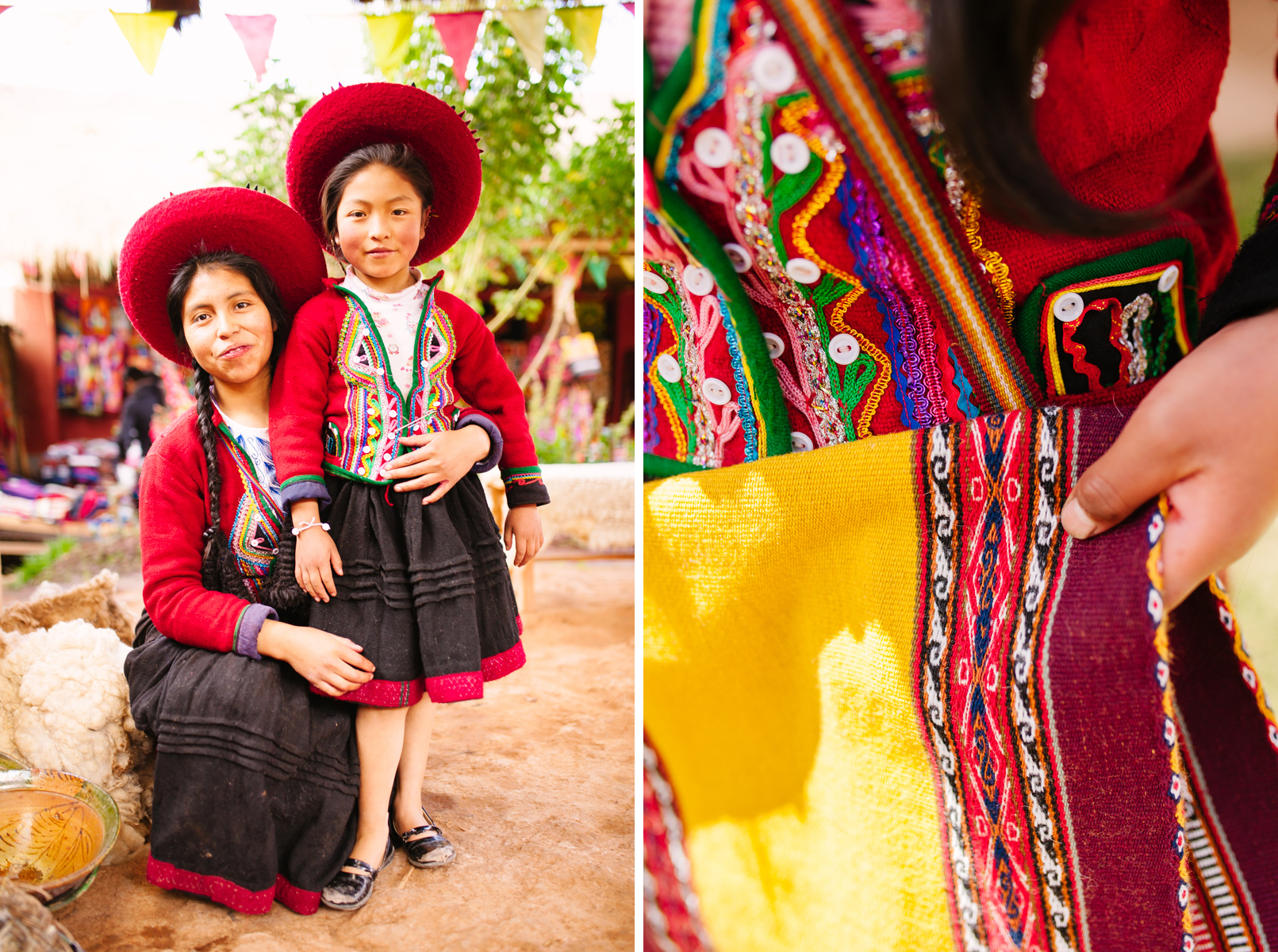“Weaving is part of how we communicate our history to younger generations and the rest of the world,” Rosemary tells me, as she fingers alpaca thread in her home. Her fervour is palpable, as she explains how practicing her skill transmits indigenous knowledge from time immemorial.
For years, hand-woven fabrics have embodied the living history and cultural heritage of the Peruvian Highlands. Textile patterns with expressive names such as Mayu Qenqo (Meandering River) or Pumac Makin (Puma Footprints) tell tales of events that helped shape its identity, an untidy landscape and sacred history spanning thousands of years.

